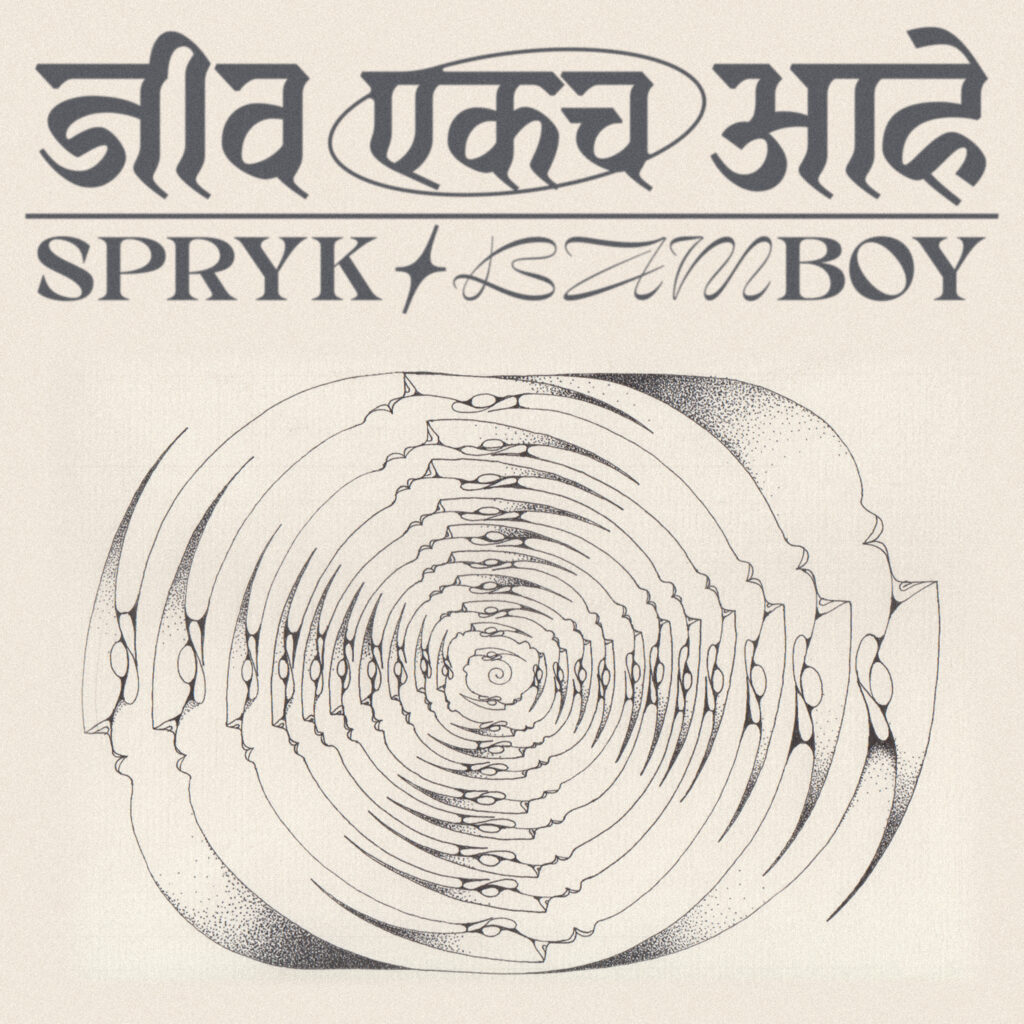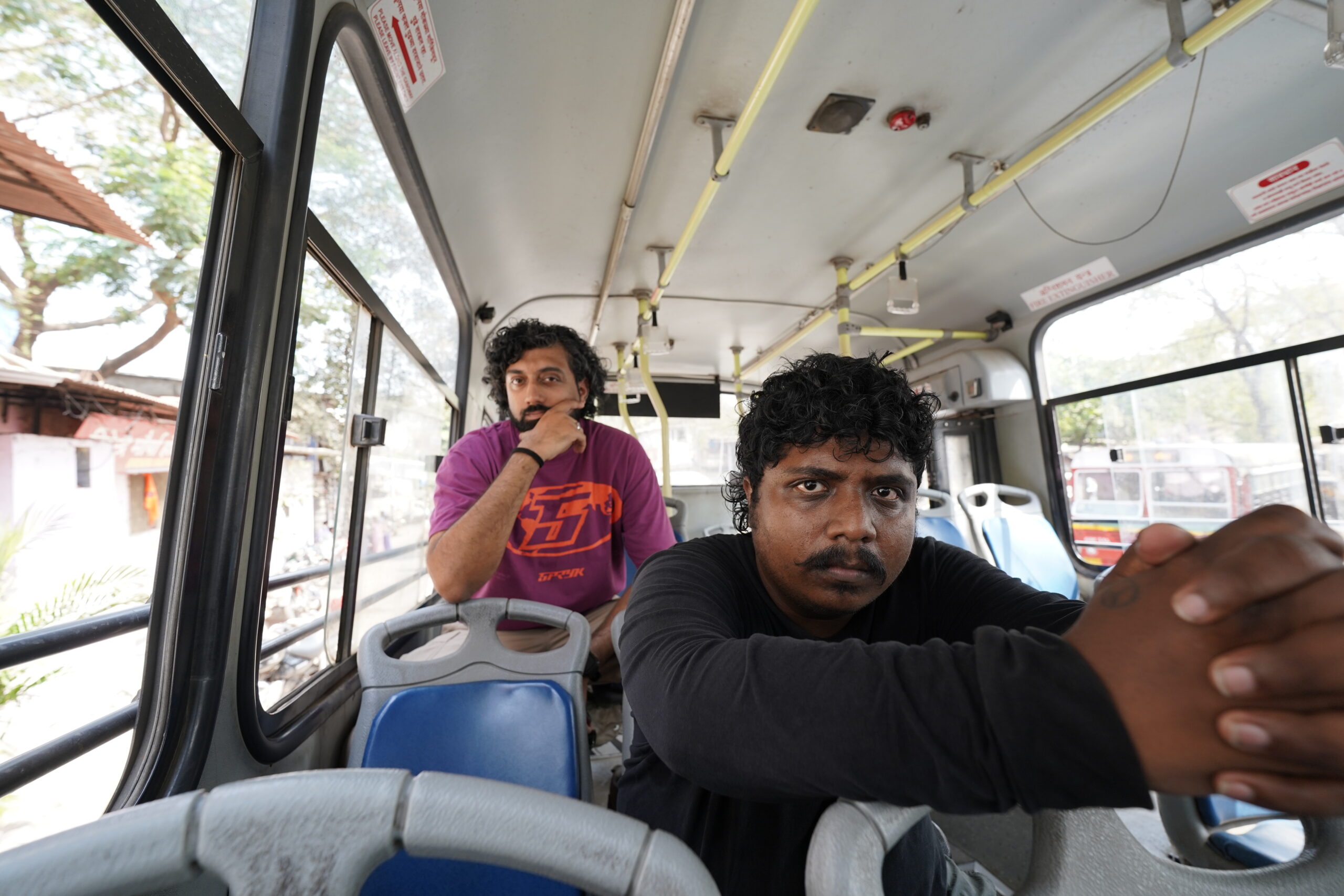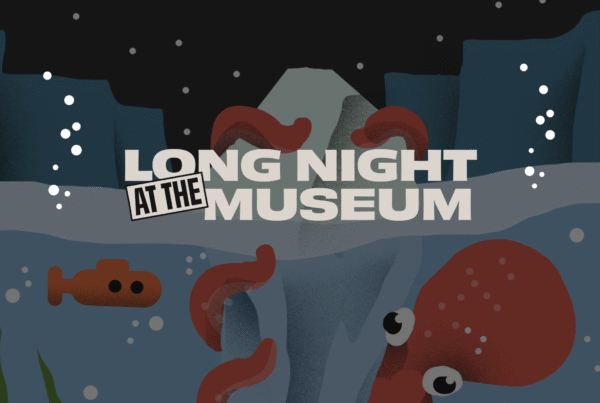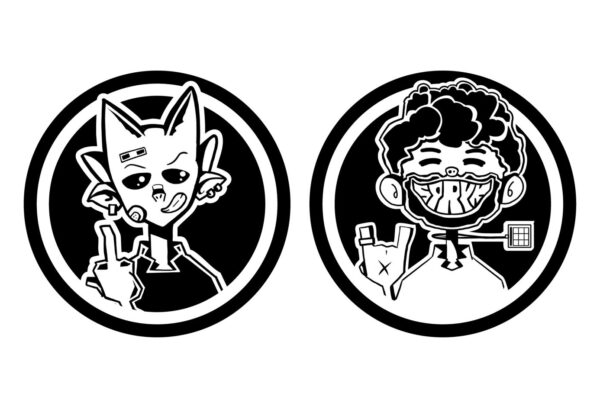Posted: 2nd May 2025
A protest anthem disguised as a club banger — “Jiv Ekach Aahe” is Spryk’s latest collaboration with rapper Bamboy. Built on a bed of powerful chenda drums and distortion-heavy production, the track channels the spirit of Marathi folk into the language of rave and rebellion. Accompanied by hand-drawn visuals by Sajid Wajid Shaikh, this is more than a song — it’s a cultural statement.

The cover art for Jiv Ekach Aahe was hand-drawn by acclaimed visual artist Sajid Wajid Shaikh, known for his ability to distill complex emotions into minimal, surreal forms. For this track, his illustration visualizes the central message — that while our experiences, identities, and beliefs may differ, we are all connected by a singular truth: life itself.
The artwork radiates outward in repeating silhouettes — each face distinct yet part of a larger continuum. It mirrors the rhythm of the track and the layered human realities within Bamboy’s lyrics
Official Visualiser:
In the days leading up to the release of Jiv Ekach Aahe, Spryk and Bamboy sat down at the ancient Mahakali Caves in Mumbai to reflect on the song’s deeper themes — identity, language, unity, and what hip-hop means in the Indian context.
Split across three parts, the conversation moves from the personal to the political, exploring the roots of their collaboration, the power of regional expression, and the quiet fire behind the lyrics. Set against the backdrop of a site that dates back to the 1st century BCE, this dialogue links past and present in the same way the song does — with intention, rhythm, and truth.
At its core, ‘Jiv Ekach Aahe’ is a call for unity in a time shaped by division. It confronts deep-rooted hierarchies and inherited inequalities, asking why — in a country so rich in spirit and culture — we still see lines drawn between caste, class, gender, and identity. BamBoy’s verses cut through the noise — a call for love, equality, and solidarity to become our loudest forms of resistance.
“BamBoy and I have been talking about making something together for years,” shares Spryk. “We didn’t want to just make a song, we wanted to create something that hits with purpose and reflects the times we live in. The track came together just before my Lollapalooza set, and it felt like the perfect moment to premiere it on the biggest independent stage in Mumbai.”
The production is anchored in the unmistakable rhythm of the Chenda (a traditional drum from Kerala), grounding the song in folk tradition while driving it forward with the urgency of modern bass music.
“The vibe was electric. The Chenda gave the track its spine, but BamBoy gave it its soul,” he adds. “It’s raw, percussive, grounded in tradition but it’s also meant to look forward. This is what new Indian protest music can sound like.”





 JioSaavan
JioSaavan Threads
Threads
Hi, this is a comment.
To get started with moderating, editing, and deleting comments, please visit the Comments screen in the dashboard.
Commenter avatars come from Gravatar.